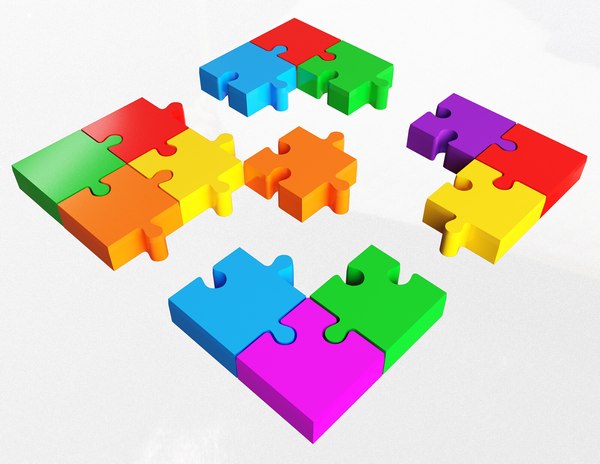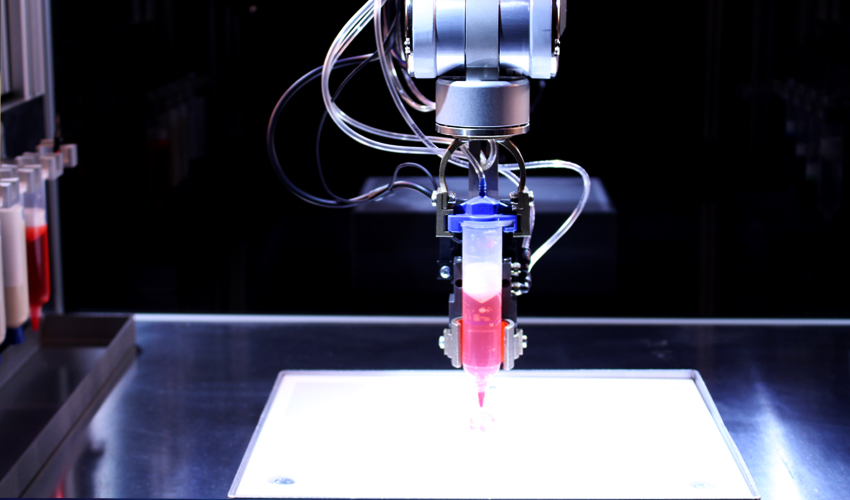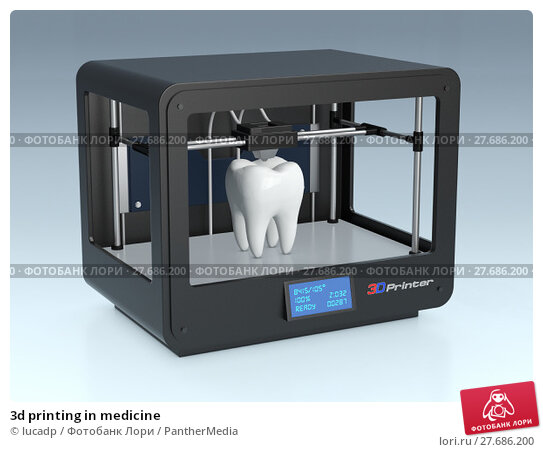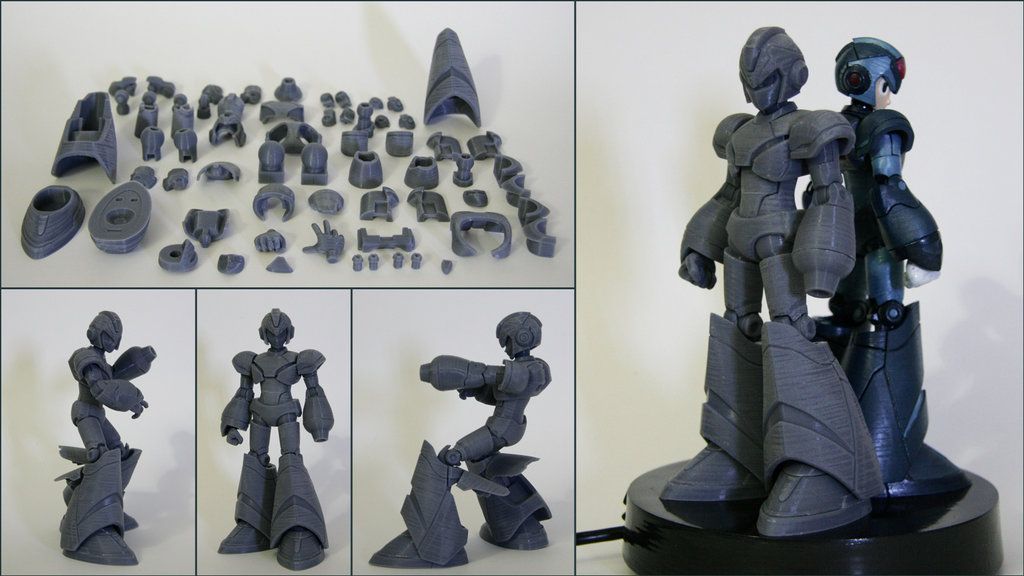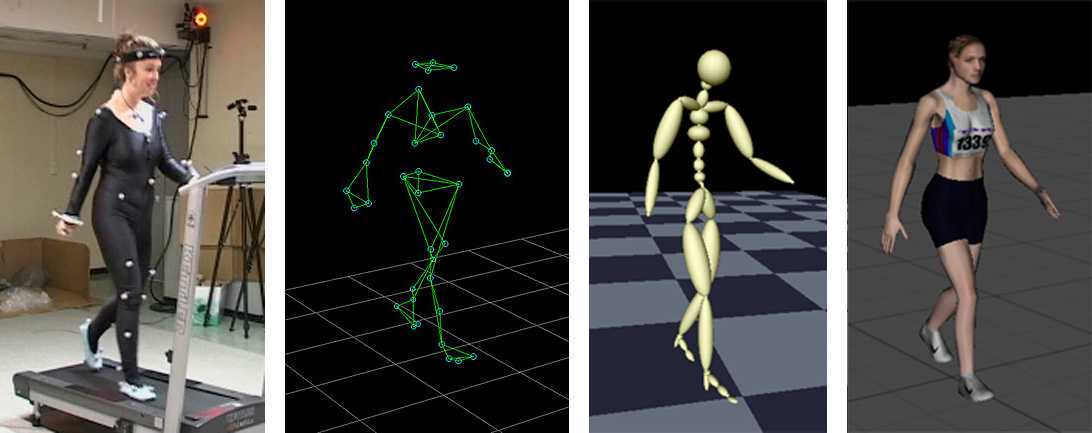3D printed jigsaw puzzle
Create and print your own 3D jigsaw puzzles!
3D printing provides the opportunity to make things that are not easily produced by other technologies, and literally change our possibilities. Thanks to the ingenuity and creativity of the community surrounding 3D printing, there are many interesting projects that use this technology for various purposes. Today, we would like to highlight one of these projects! We have previously shown you how to prepare and print 3D maps and terrains from anywhere in the world. The article was well-received, perhaps because we gave you an option to create and print a model of your city or a mountain pass model where you were on holidays.
This article will be a guide on how to make something of your own again in the form of puzzles, 3D puzzles! Classic jigsaw puzzles have been known for centuries. These classic puzzles were created by painting the picture on a piece of wooden board and then cutting it into regular or irregular pieces. Currently, puzzles are mostly made of hard paper and cardboard. Solving puzzles is fun that improves imagination and logical thinking. And this applies to 3D puzzles even more!
3D puzzles are created by cutting a 3D model perpendicular to the XY plane (a plane parallel to the print pad) using a 2D sketch of the puzzles with locks. Preparing such a model can be difficult at first glance. If you are an advanced user of one of the popular tools for 3D modeling (Fusion 360, Inventor, etc.), you can certainly perform this task easily. There are plenty of ways to accomplish this. But we will show you the easiest way that’s suitable for everyone. You will not need any knowledge of modeling tools. Most of the operations can be done in the Slic3r PE. This is a great opportunity to discover a few of the new features in the beta version we’ve prepared for you. The final version is coming soon!
Programs needed:
- Slic3r 1.42.0-beta2 – Prusa Edition
- OpenSCAD
To create a puzzle model, follow these steps:
1.
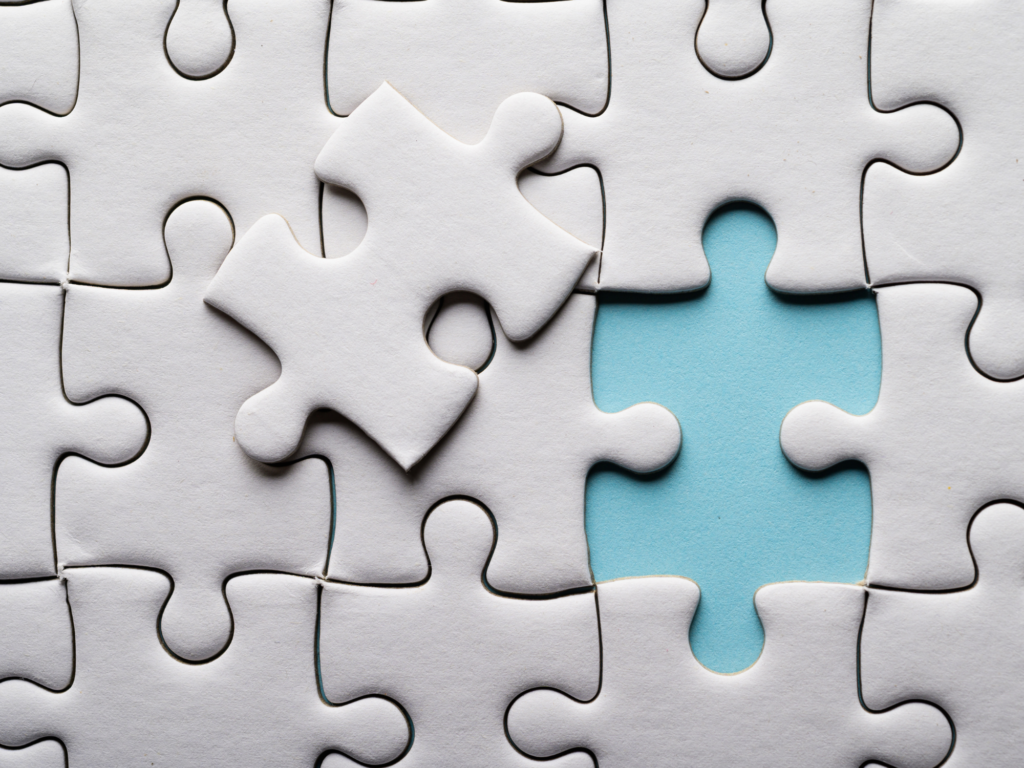 Select and prepare a suitable source model
Select and prepare a suitable source modelAlmost any 3D model is suitable as a source model for puzzles. However, models that are already flat in shape are ideal.
Source model examples:
- 3D terrain map obtained as described in the article: How to print maps, terrains and landscapes on a 3D printer. TIP: You can improve the model using filament color change for snowy mountain peaks, etc. You can easily do that in Slic3r PE in preview mode after slicing. Use the slider on the right side of the screen to set the layer, where you want to change the color. You can add any number of these changes.
- Any black and white SVG image converted to a 3D model in the Tinkercad web tool. Suitable for logos and signs.
- Convert a suitable image to a 3D model using the Selva tool. For instructions, see: From 2D to 3D. How to turn a picture or a photo into a 3D model?
- Convert a cartoon image using the lithophane tool. The source image should have a limited number of solid colors.
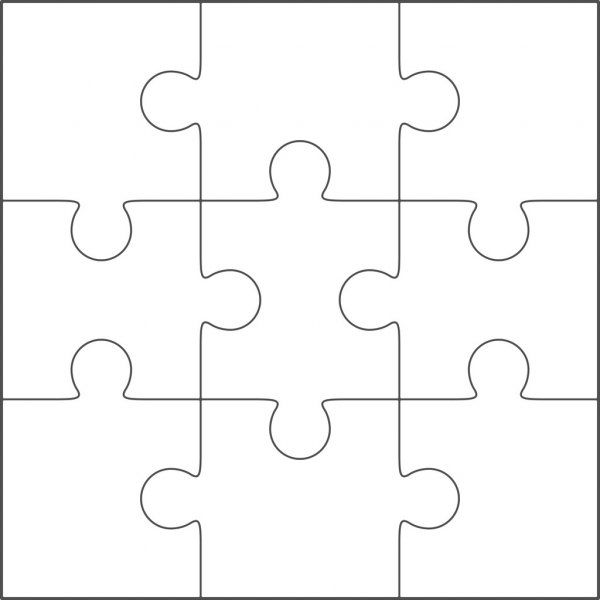 This is the only way to achieve a satisfactory result after processing. Alternatively, you can pre-process your photo in your favorite photo editor. It is not appropriate to use the unmodified photo because you will hardly see anything on the printed image. The depth of the lithophane picture is adapted to make the picture clear when the light is passing through. It is important to note that a lithophane is not the same as a real 3D model. The depth of each point in lithophanes depends on its “darkness”, which is not equivalent to the depth of a point in real 3D space.
This is the only way to achieve a satisfactory result after processing. Alternatively, you can pre-process your photo in your favorite photo editor. It is not appropriate to use the unmodified photo because you will hardly see anything on the printed image. The depth of the lithophane picture is adapted to make the picture clear when the light is passing through. It is important to note that a lithophane is not the same as a real 3D model. The depth of each point in lithophanes depends on its “darkness”, which is not equivalent to the depth of a point in real 3D space. - Relief Plaque – you can find plenty of these models on the internet.
You can see examples of puzzle models at the end of the article.
2. Import the source model into Slic3r PE
Open Slic3r PE and turn on the Advanced mode (Configuration -> Mode -> Advanced).
Import the selected source model into Slic3r PE (File -> Import -> Import STL / OBJ /… or simply drag and drop the STL file into the slicer window).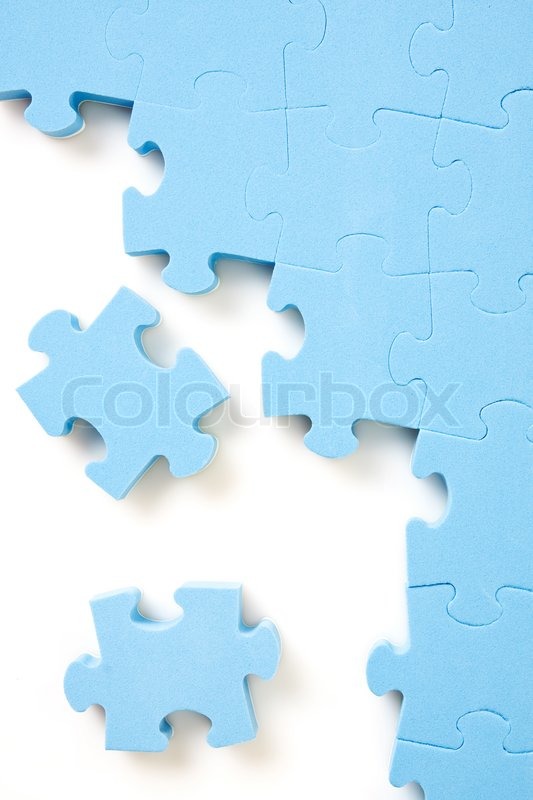 Ideally, you should place the model in the center of the print area. Use the Place on face function for easy orientation of the model. If necessary, you can change the model’s dimensions using isotropic scaling (evenly resizing all three axes). Once you are satisfied with the model dimensions in the X and Y axes, you can enlarge the model by 5 to 30% in the Z-axis. To change only the Z-axis dimension, click the lock icon next to the Scale factors symbol. This unlocks the aspect ratio.
Ideally, you should place the model in the center of the print area. Use the Place on face function for easy orientation of the model. If necessary, you can change the model’s dimensions using isotropic scaling (evenly resizing all three axes). Once you are satisfied with the model dimensions in the X and Y axes, you can enlarge the model by 5 to 30% in the Z-axis. To change only the Z-axis dimension, click the lock icon next to the Scale factors symbol. This unlocks the aspect ratio.
Focus on the size of the model at the bottom right corner. Make a note of these dimensions. You will need them more than once during the course of this project.
3. Generate a puzzle cutter
The rectangular or square base model needs to be divided into individual puzzle pieces. To do this, we use a puzzle-shaped cutter model. The cutter is made up of curved lines that are extruded to the third dimension. This creates a solid body that is subtracted from the source model we are cutting.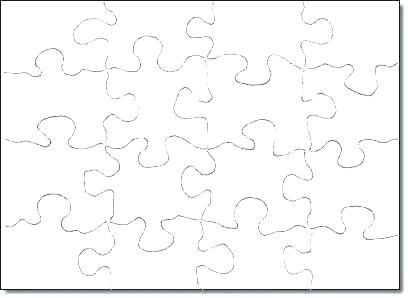
Unfortunately, you cannot use one universal puzzle cutter template. This is due to the different sizes and ratios of the source model bases. It can easily happen, that the source model ends in the middle of puzzle pieces. It does not look nice and small parts do not hold in place with the rest of the puzzle pieces.
The only possible solution is to generate a unique cutter model for each print. To generate one, we have modified an OpenSCAD script, originally by JMP. Don’t worry, you will not need any scripting knowledge. You will only edit several numeric values. Basically, you enter the size of the source model and dimension range of a single puzzle piece. The script automatically selects the optimal size based on the specified range so that the distribution is consistent across the entire puzzle. From a mathematical point of view, it is clear that such a solution may not always exist. If necessary, the script will stretch the puzzle pieces into a rectangular shape.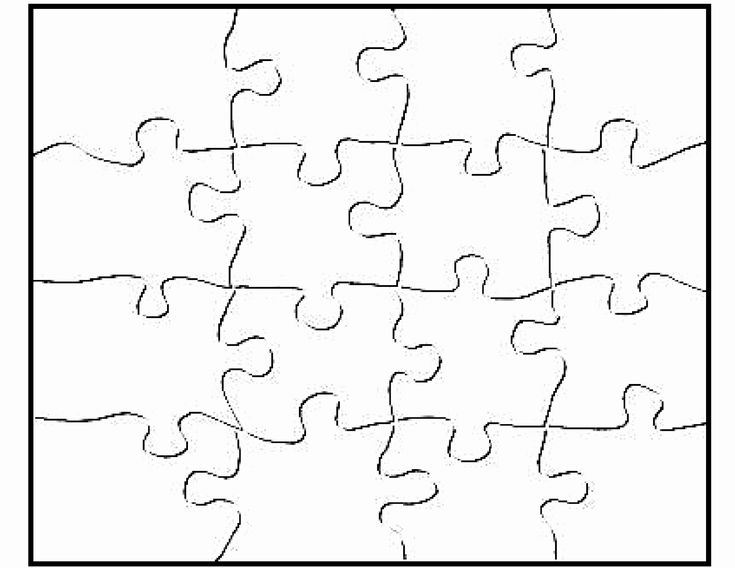 But you won’t even notice it 😉
But you won’t even notice it 😉
How to download the OpenSCAD script and how to edit parameters:
- Download and install OpenSCAD (choose the installer according to your operating system).
- Download the script to create puzzle cutters.
- Open the downloaded script in the OpenSCAD app.
- On the 2nd line after “=”, type the size of the source model in the X-axis (do not delete the semicolon at the end of the line)
- On the 4th line after “=”, type the size of the source model in the Y-axis (do not delete the semicolon at the end of the line)
- On the 6th line after “=” type the height of the source model in the Z-axis (do not delete the semicolon at the end of the line)
- On lines 9 and 10, set the range of a single puzzle piece size. The optimal cutting solution will be found within this range.
- On line 13, you can change the space between puzzle pieces.
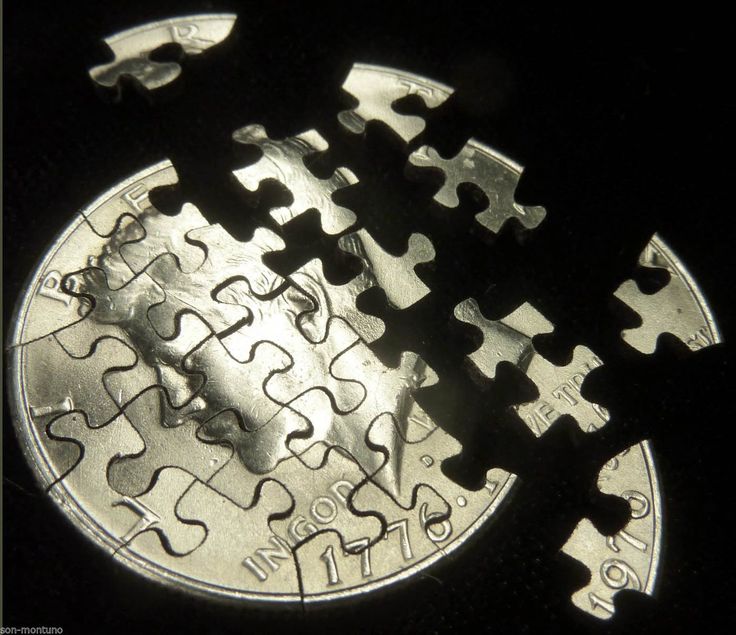 In our experience, the best is 0.2 mm.
In our experience, the best is 0.2 mm. - Press F6. It may seem like nothing is happening for a long time. Please be patient. The processing may take several minutes. In the console at the bottom right corner you can see the size of the puzzle piece and the final number of rows and columns). When the processing is complete, you will see the generated “puzzle cutter” in the top right corner of the screen.
- Look at the generated shapes. Sometimes, the puzzle locks are attached by a very narrow part. In this case, press F6 again to generate a new model.
- Select: File -> Export -> Export as STL and save your puzzle-cutter model.
- You can close OpenSCAD.
4. Cut the source model in Slic3r PE using the puzzle-cutter
Within the second step, your source model has already been imported into Slic3r PE. Now, using the custom modifier, we perform the cutting process. The modifier will subtract the puzzle-cutter model from the source model.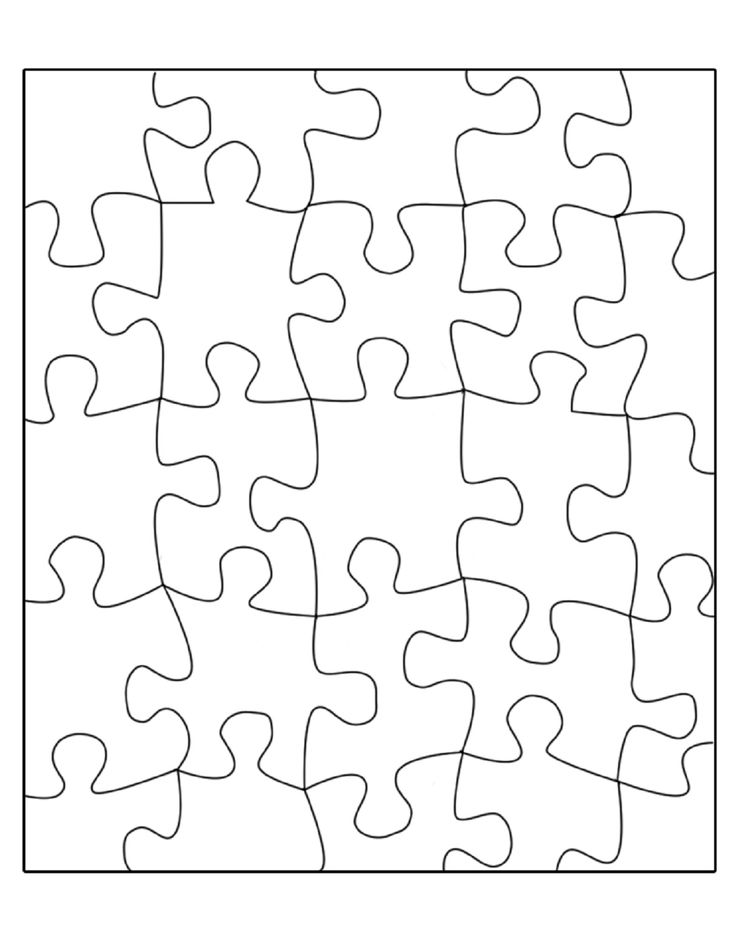
- Right-click on the source model and select Add modifier -> Load and select the STL file with the puzzle-cutter.
- If you have not changed the size of the source model, proceed to step 5. Otherwise, you may notice that the puzzle-cutter is smaller or larger than the source model.
- In the right column, click the object group (first row). Change the Scale factor to 100% everywhere. Before changing, make sure you have the original values noted.
- Click the line below the first part of the group (the second line in the tree) and enter the dimensions of the model you noted earlier. This unites the dimensions of the puzzle cutter and the source model.
- Position the source model and cutter correctly, so they overlap perfectly. (The puzzle-cutter is 2 mm larger in all axes). The puzzle-cutter should stick out at least a little from the source model on each side. Make sure the puzzle-cutter intersects its entire depth (Z-axis).
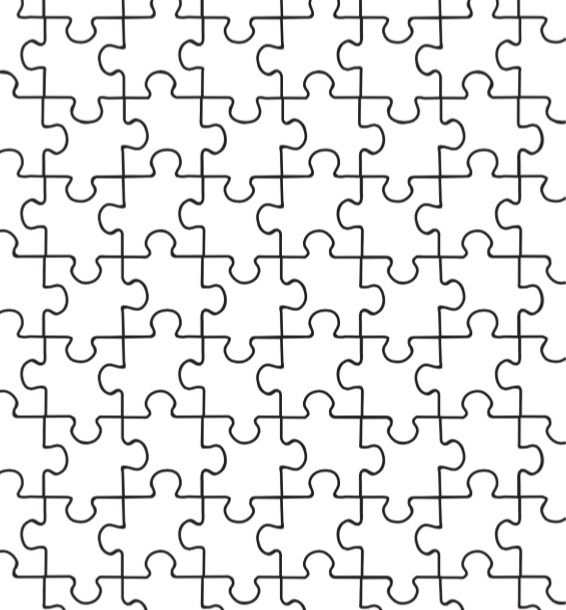
- In the tree structure, right-click the gear icon and add settings for Infill, Layers and Perimeters.
- Set the values as follows: Fill density = 0%, Bottom layers = 0, Top layers = 0, Perimeters = 0.
- Press the Slice now button.
- Optionally, in the Preview, you can add color changes in the vertical scroll bar on the right side of the screen.
- Inspect the model and export the G-code.
Do not change (especially do not reduce) the dimensions of the puzzle-cutter in the X and Y axes. This will reduce the gap between the puzzle pieces and therefore the puzzle could be difficult to disassemble.
5. Printing
Pay attention to the first layer when printing. If the nozzle is very low, the individual puzzle pieces will be joined together. It will be difficult to separate them. Use the Live adjust Z function to prevent the pieces from connecting to each other. This is the key step in printing. If you still cannot prevent them from connecting, you can try to set the Elephant foot compensation to 0.4 mm in the slicer (Print Settings -> Advanced -> Slicing). Another solution is to print the model on a Raft (Print Settings -> Support -> Raft).
If you still cannot prevent them from connecting, you can try to set the Elephant foot compensation to 0.4 mm in the slicer (Print Settings -> Advanced -> Slicing). Another solution is to print the model on a Raft (Print Settings -> Support -> Raft).
Examples of our 3D puzzles
PRUSA RESEARCH logo
The source model was generated from an SVG file using the Tinkercad tool. The color change was added in Slic3r PE. STL, G-code and 3MF files are available at prusaprinters.org
Mount Taranaki (New Zealand)
The terrain map was generated as described in the article How to print maps, terrains and landscapes on a 3D printer. Sign “Mt. Taranaki ” was created in the Tinkercad tool and exported as an STL file. Subsequently, this STL file was used in Slic3r PE as a terrain modifier with settings: 0% fill, 0 perimeter, 0 top and bottom layers. The color change was added in Slic3r PE. Download STL, G-code and 3MF files at prusaprinters.org
Filaments: Prusament Premium PLA Mystic Green, Prusament PLA Galaxy Silver, Prusament PLA Vanilla White.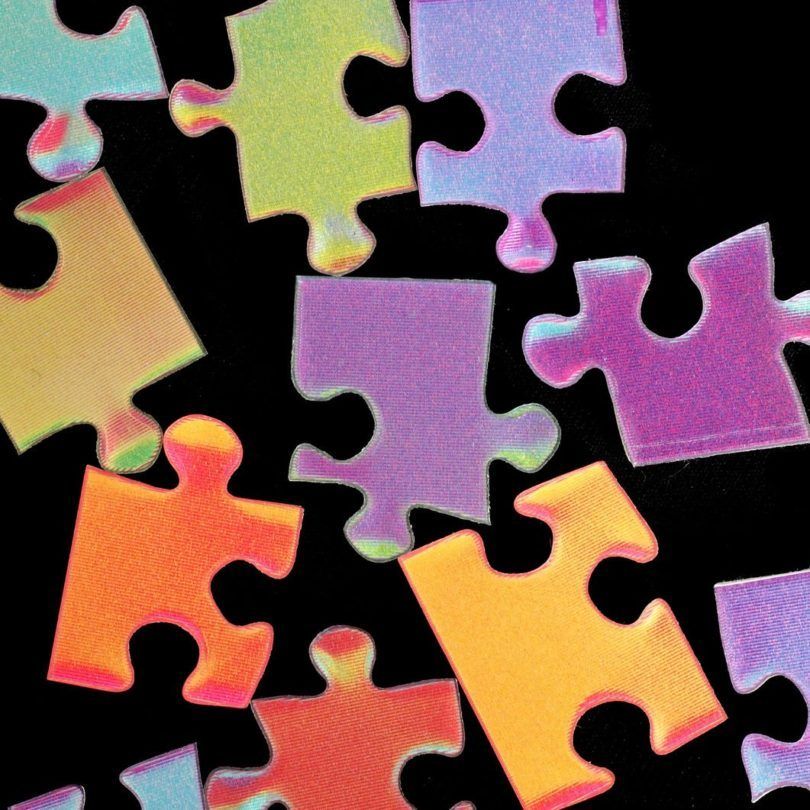
Josef Prusa Figure
We said that it is possible to use almost any 3D model. We have also attempted to turn our favorite Josef Prusa Figure into a puzzle – and even as a multimaterial print. The figure is placed on its back and the lower half is cut off (use the “Cut” tool in Slic3r PE). Then the elementary slab object is added as the base (right-click on the model -> Add part -> Slab). G-code and 3MF are available at prusaprinters.org
Relief Plaque
The source file is a relief plaque from Thingiverse. To make the model more plastic, it was scaled up in the Z-axis direction. G-code and 3MF are available at prusaprinters.org
AR emoji puzzle
The only limit is your imagination. As a source file, we tried to use an AR emoji image from a mobile phone. Thanks to the pronounced edges and solid surfaces, the image can be processed as a lithophane with a satisfactory result. In the Slic3r PE, we have set up several color changes to make the character more visible.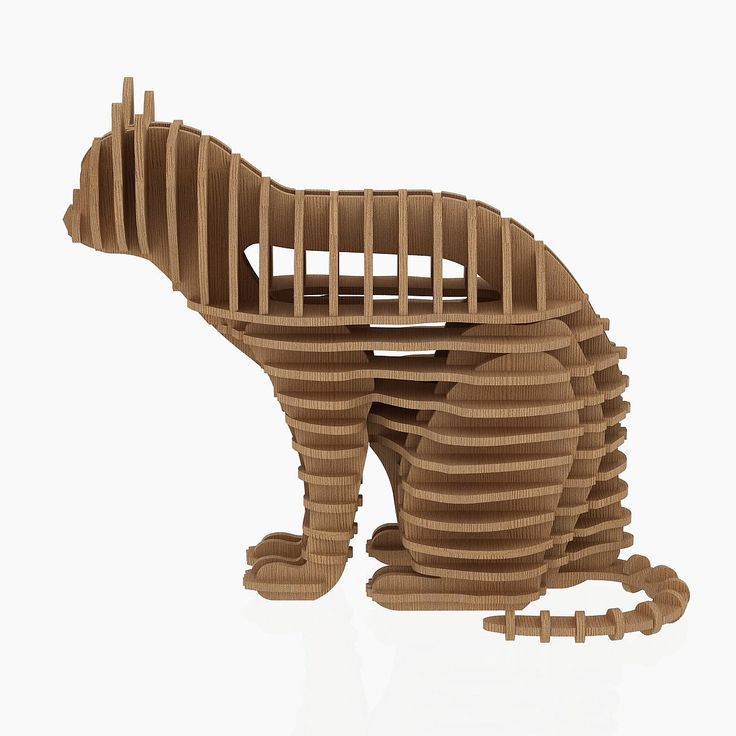 Download the model at prusaprinters.org
Download the model at prusaprinters.org
Original PRUSA i3 MK3 puzzle
Do you remember the moment when the printer was delivered to you? So maybe the picture will be familiar. We used the sketch from the Original Prusa i3 MK3 printer box to create these puzzles. Print them and try to assemble your printer in a slightly different way 😉 G-code and 3MF files are available at prusaprinters.org
Periodic table of elements and US state map
Puzzles can also have shapes other than typical jigsaw puzzles. The US state map naturally offers to use state borders. In the periodic table of elements, each element is represented by one piece that is connected to the others by locks. For better clarity, we added color changes.
Conclusion
Creating and printing 3D puzzles is easy! It is something new and unusual. Feel free to design and print your original creations. Share the results on Facebook, on Instagram or Pinterest with the hashtag #prusai3 or on our forum.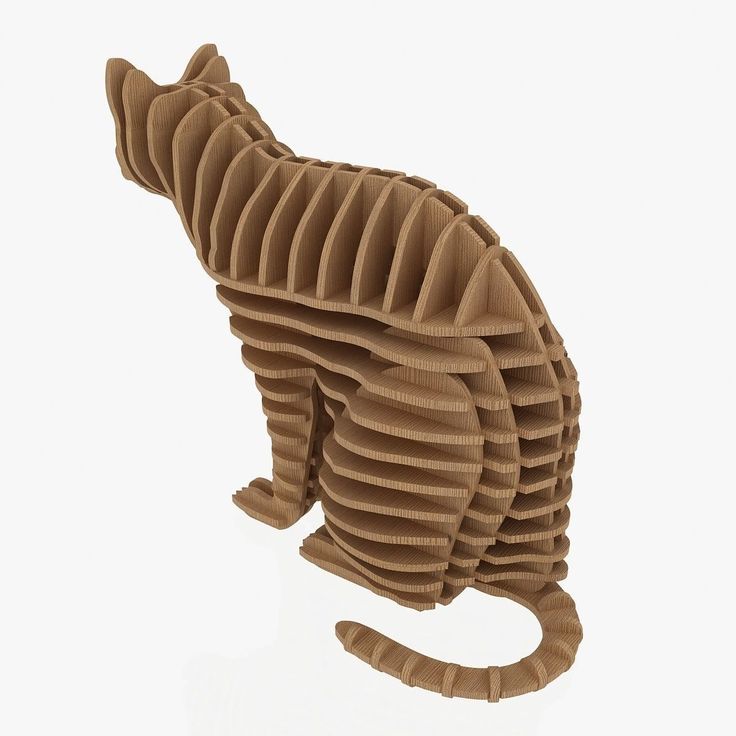 You can print 3D puzzles as a unique gift – they are great gifts suitable for people of all ages. Have fun, be creative and give it a try! 😉
You can print 3D puzzles as a unique gift – they are great gifts suitable for people of all ages. Have fun, be creative and give it a try! 😉
Happy printing!
3d Printed Puzzle - Etsy.de
Etsy is no longer supporting older versions of your web browser in order to ensure that user data remains secure. Please update to the latest version.
Take full advantage of our site features by enabling JavaScript.
Find something memorable, join a community doing good.
(1,000+ relevant results)
Ultimaker 3d Printers | Puzzles created on the Ultimaker 3D printer will teach braille to blind and visually impaired children But for many, Braille learning resources are either too expensive or ineffective.
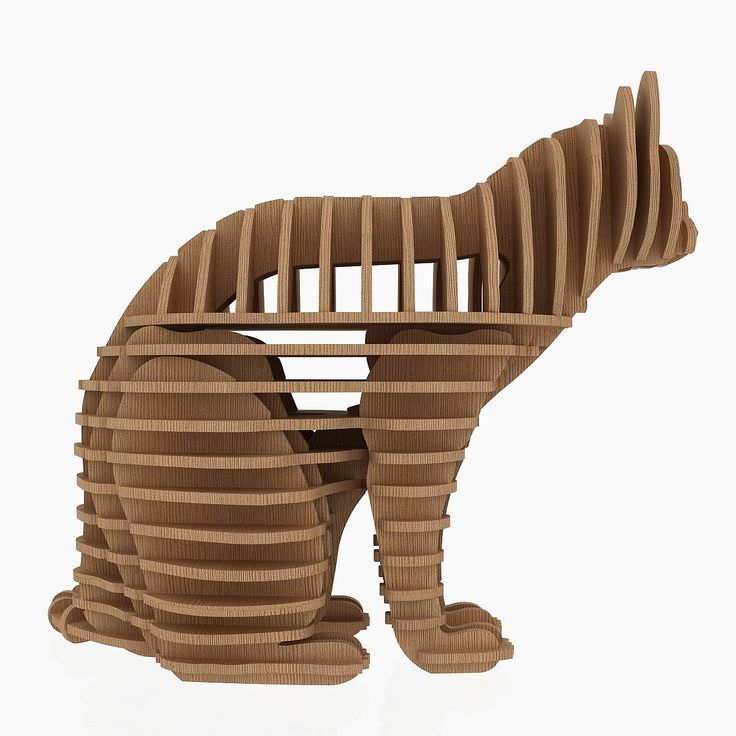 But now, Ultimaker's new 3D educational puzzle makes this life skill accessible to everyone!
But now, Ultimaker's new 3D educational puzzle makes this life skill accessible to everyone! The ability to read Braille allows visually impaired people to process information effectively without the use of technologies such as screen readers. Learning Braille more than triples the likelihood of higher education and employment! A digital braille reader costs over $1,000, making it out of reach for 90% of blind and visually impaired people living in developing countries. Basic, outdated learning material is often provided in their place, making it difficult to master the skill.
Fittle puzzle
A team of designers and eye care professionals have created the first 3D Braille puzzle.
Fittle is a collaboration between Indian designer Tanya Jane, India's leading eye institute LVPEI, German educational toy company Ravensburger and independent global communications group Serviceplan.
Each set of puzzles is divided into parts that together make up the letters of the word and the object.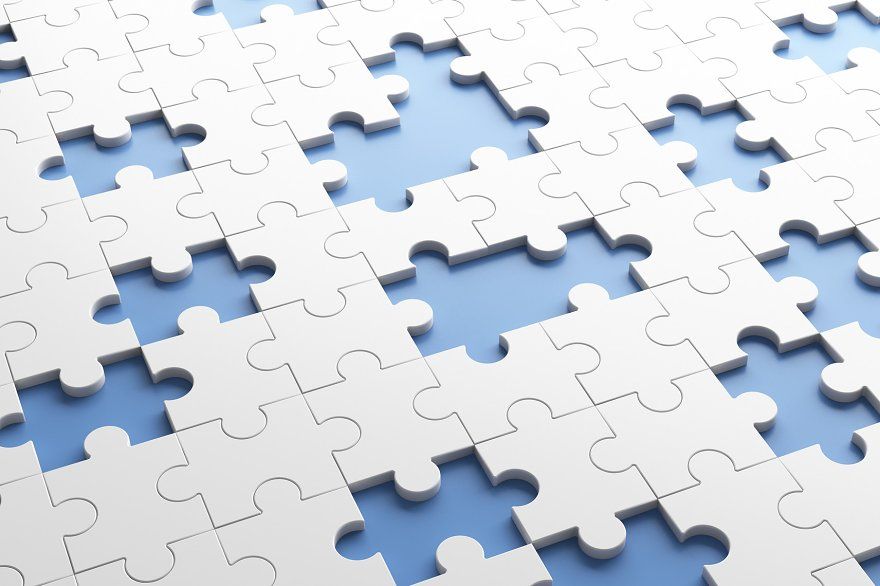 When connected, the marks on the parts help the student to understand how they fit together with touch, and once they connect all the parts together, they reveal the Braille word that describes the assembled item.
When connected, the marks on the parts help the student to understand how they fit together with touch, and once they connect all the parts together, they reveal the Braille word that describes the assembled item.
The feedback so far has been overwhelming. More and more kids are learning Braille more effectively with the Fittle puzzle. Parts are printed with a hollow design in order to reduce material usage. The low cost of prototyping with 3D printing has also made it possible to realize the ideal design through feedback from blind users. There is already a growing collection of Fittle figures that are specially designed for 3D printing and then distributed throughout India.
Scaling with 3D Printing
With the support of Novabeans, the Fittle design team decided that Ultimaker 2+ 3D printers gave the balance of price, quality and usability they needed. Their original prototype was made using wood, but a cheaper solution was needed to solve this problem.
The team also experimented with larger industrial 3D printing solutions as well as budget printers, but these respectively proved to be either too expensive or unable to reliably produce models with the required durability and accuracy.
Using Ultimaker printers, Fittle can support demand for 3D printing of its finished puzzles and then distribute them to LVPEI Regional Centers where they are provided to Braille students.
And the difference in 3D printing can be huge! For $10,000, Fittle can provide four digital braille readers or 200 braille books. The same investment could provide 16,000 3D printed puzzles and the cost of a printer.
Christoph Bohlender, Creative Director at Serviceplan Health & Life says:
“The feedback so far has been overwhelming. More and more kids are learning Braille better with Fittle. «
What are their plans for the future? The Fittle team wants to fund more printers, distribute more puzzles, create more figures, and eventually move to other regions.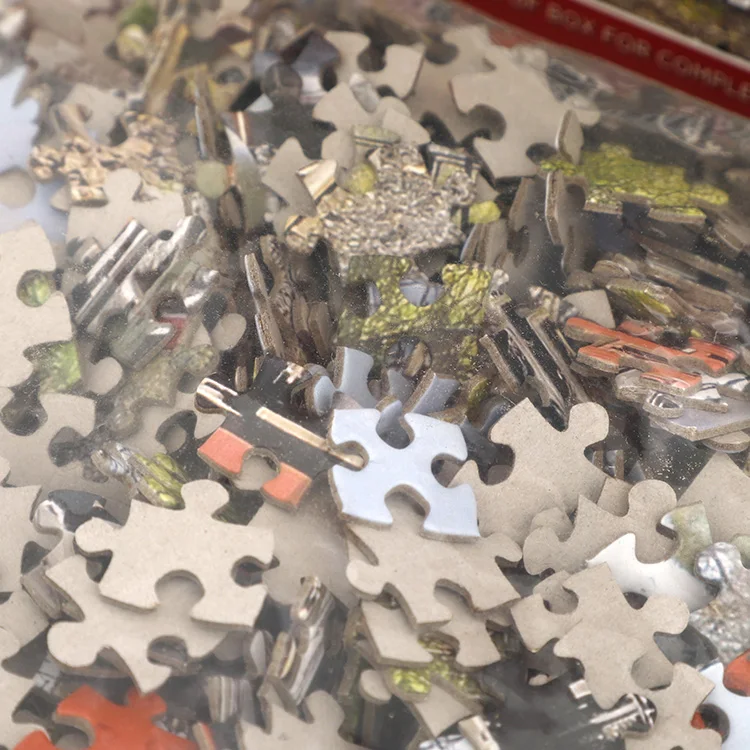
You can participate on the Fittle website by making a donation to your project, or download the model and participate in learning Braille!
Learn more about Ultimaker 2+, Ultimaker 2+ Extended, Ultimaker 3, Ultimaker 3 Extended, Ultimaker S5 3D printers here.
You can read more articles about Ultimaker 3D printers on the website of the official representative of Ultimaker in Russia — iGo3D.
Your iGo3D team
Our groups in social networks:
YouTube
VKontakte
50 ideas for 3D printing
3D printing. But you can do something that will really be useful! If you're running out of ideas, here's a list of 50 3D printable items you're unlikely to throw away.
Bag clip with screw cap
Now the bag clip will have a new feature - a hole with a lid for quick access, as in the photo. This clip is easy to print and convenient to use. Strange that no one thought of this before.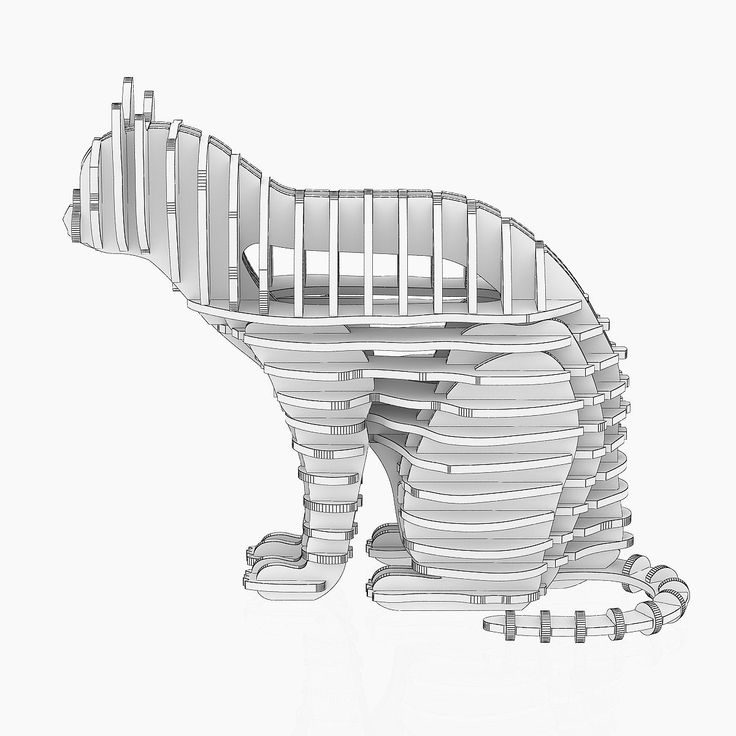
Author: Minkix
Where to download: Thingiverse
Modular Furniture Connector
This connector allows you to quickly assemble modular furniture. The default model is designed for 17×17 mm wood, but the size and material can be changed to suit your needs using a parametric file for customization.
Author: LeFabShop
Where to download: Cults
Sealant cap
No more throwing open sealant tubes away. The screw cap for the nozzle presses the o-ring tightly against the body of the tube and closes the access of air to the solvents inside.
Author: The-Mechanic
Where to download: Thingiverse
Laptop niche
Now the laptop will always be at hand, but hidden from prying eyes in a special niche that is attached to the bottom of any coffee table.
Author: Too Snide
Download: Thingiverse
Phone holder - Candice
Elegant and simple, perhaps the easiest thing you can print on a 3D printer.
Author: Clem.C2
Where to download: Cults
Polypanels
The idea for Polypanels came from Devin Montes. A polypanel is a series of three-dimensional building blocks. The individual elements of a Polypanel look simple, but if you print a lot of them and different types, you can create all sorts of complex designs. Something like LEGO where you can design each brick.
Author: MakeAnything
Where to download: MyMiniFactory
Clothes Hook
This clothes hook is designed as an E3D nozzle and can be printed as many times as you need for all your clothes.
Author: Filar3D
Where to download: Cults
Plant Pot
This anatomical brain flower pot is easier to print than it looks, creator DrFemPop says. For assembly, it is only necessary to glue the parts after printing. It turns out an original house for plants.
Author: DrFemPop
Where to download: Cults
Door Holder
This is a simple solution for holding a door.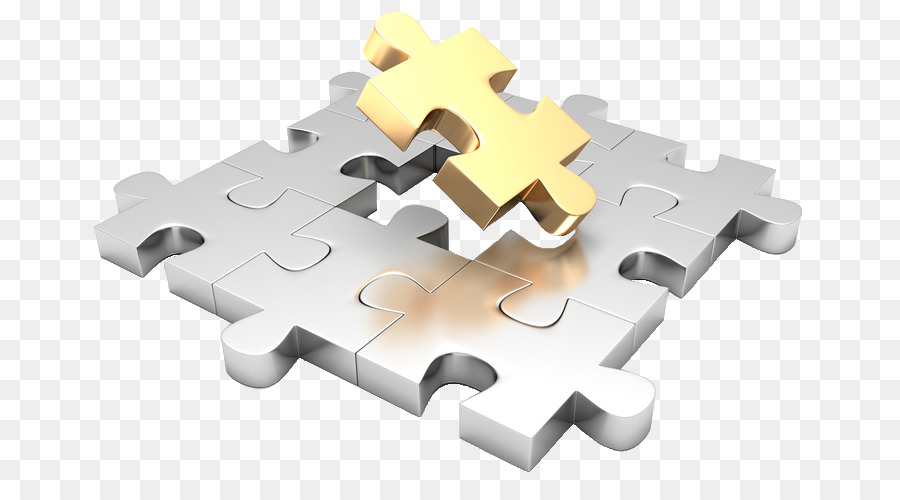 Double-sided adhesive tape is sufficient for surface mounting.
Double-sided adhesive tape is sufficient for surface mounting.
Author: Akiraraiser
Where to download: Thingiverse
Piggy bank
A simple piggy bank for beginners, no complicated settings.
Author: lecaramel
Where to download: Thingiverse
Cable ties
This tie is perhaps the simplest and most ingenious of all devices. Clips are printed as a whole sheet at once, and then the required amount can be cut off from it.
Author: Sunshine
Where to download: Cults
Roller ruler
An indispensable device if you need to measure the length of something non-linear: a piece of rope, a curved line, a perimeter with bends, etc. The ruler is called Geneva and has step 5 mm.
Author: MechEngineerMike
Where to download: Thingiverse
Tongs
This small solid piece of plastic can replace your pliers/pliers. These forceps take the force to the handles and redistribute it at the end of the grip. It's definitely pliers. Just smarter.
It's definitely pliers. Just smarter.
Author: BYU CMR
Where to download: Thingiverse
Cylindrical textured box
Beautiful tube from Syboulette, decorated with hexagons. Well suited as a kitchen utensil for storing oatmeal, rice and other crumbly substances.
Author: Syboulette
Where to download: Cults
Door Stop
This stop is modeled after the Guyer-Anderson cat statue in the British Museum. The design is hollow, which allows you to fill the limiter with something for additional weight.
Author: Duaneindeed
Where to download: Cults
Plague Doctor Mask
Not exactly the most useful item on the list since bubonic plague is a thing of the past. But a mask can come in handy, for example, when you need to clean up after your pet. And you can also go to the carnival in it.
Author: Odrivious
Download: Cults
Universal Spool Holder
This adjustable spool holder uses a spring and an adjustable rewind clutch.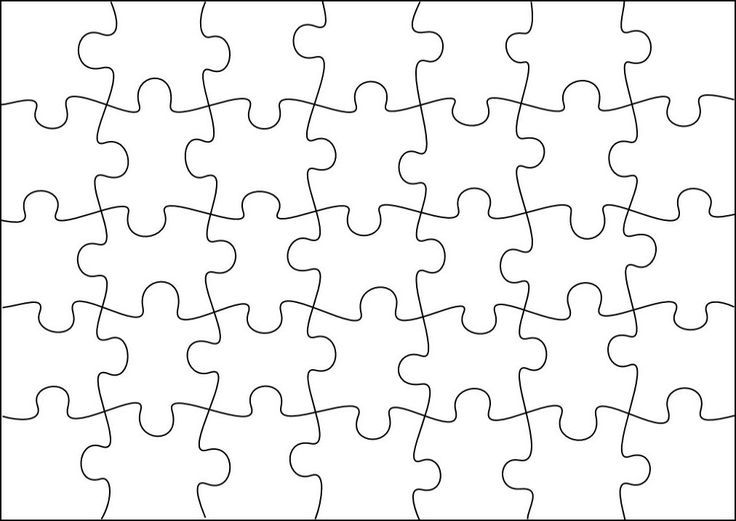 It's the perfect place to store those pesky wires.
It's the perfect place to store those pesky wires.
Who made it: Vincent Goenhuis
Where to download: Thingiverse
Sturdy waterproof box
This tight-fitting box will keep things from getting wet. Print it in PLA or PETG, add a flexible TPU seal and M3 screws for the spring hinge, and you're done.
Author: ZX82
Where to download: Cults
Dice
This dice is suitable for flat 3D printing and has a face size of 16mm.
Author: Devin Montes (MakeAnything)
Where to download: MyMiniFactory
Collapsible Coat Rack
Really cool coat rack. That's all there is to say about her.
Author: Komaru
Where to download: Thingiverse
Business Card Holder
Great for showing off your new business cards to your Wall Street friends. What could be more delightful than this Zippo card holder with flip-top lid.
Author: PentlandDesigns
Where to download: Cults
Pencil and pen holder
Iceberg or melting beehive? Be that as it may, this is a handy pen and pencil holder that is cheaper to print than to buy.
Author: BeeVeryCreative
Where to download: Cults
Groovi Monster Audio Amplifier
This is a passive smartphone audio amplifier that looks stylish and does the job well. It's called Groovi Monster for a reason.
Author: 3DShook
Where to download: Cults
Cup holder
Can be used not only as a cup holder, but also as a coaster for hot dishes. The dimensions of the template are easily adjusted to suit any size cookware.
Author: jmdbcool
Where to download: Thingiverse
Clamp
Designed for fixing various materials, including the ends of the wire in the coil. Also great as a clothespin replacement.
Author: Med
Where to download: Cults
Pencil Box
Suitable for storing all your desk trivia and trinkets (memory cards, rubber bands, pencils, paper clips, etc.).
Author: Monkey3D
Where to download: Cults
Headphone holder
This is a duck. Yes, you can hang headphones on it.
Yes, you can hang headphones on it.
Author: Toshi_TNE
Download: Thingiverse
Polyhedral Succulent Pot
Unusual geometric pots for your growing succulent collection. These small pots can be configured to be connected together.
Author: PrintFutura
Download: Cults
Survival Whistle
This is a survival whistle with original design. It is durable, easy to make and very loud (118 dB is more than enough to be heard in an emergency).
Author: Joe Zisa
Where to download: Thingiverse
Measuring cube
A simple and original measuring cube for the kitchen. On each side there are recesses for measuring the volume of ingredients (in cups - according to the American system, and in metric units for everyone else). It is best to print with PETG material, it is the safest for products.
Author: iomaa
Download: Thingiverse
Hinge
This is a parametric hinge that can be sized to suit your specific needs.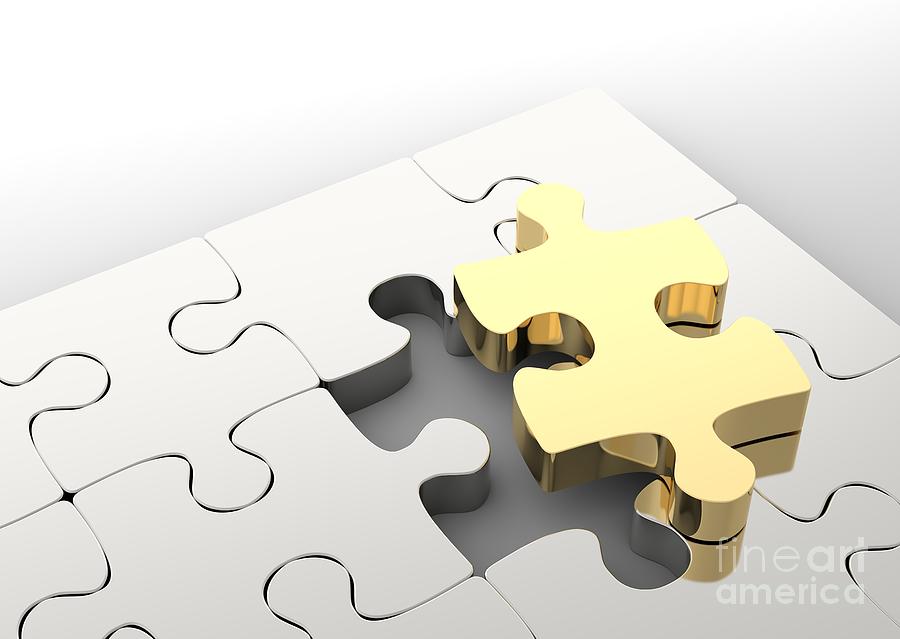
Written by Rohin Gosling
Download: Thingiverse
Car Eyeglass Holder
Attaches to your car's sun visor. Glasses will always be at hand.
Author: Trevor Long
Download: Thingiverse
Opener
The simplest things are usually the most useful. Convenient and easy to print opener. Covers the sharp edges of the cork as much as possible, protecting you from injury.
Author: Jeremy Peterson
Download: Thingiverse
Superhero Keychains
Sometimes you need to remind yourself of your hidden superpowers. Stylish and cool keyrings are well suited as a small gift.
Author: Formbyte
Where to download: Cults
Headphone stand
It will be useful for music lovers and gamers who use headphones a lot and often. After all, now they will no longer roll around anywhere.
Author: MakerBot
Where to download: Thingiverse
Bag Clip
The model consists of two printed parts.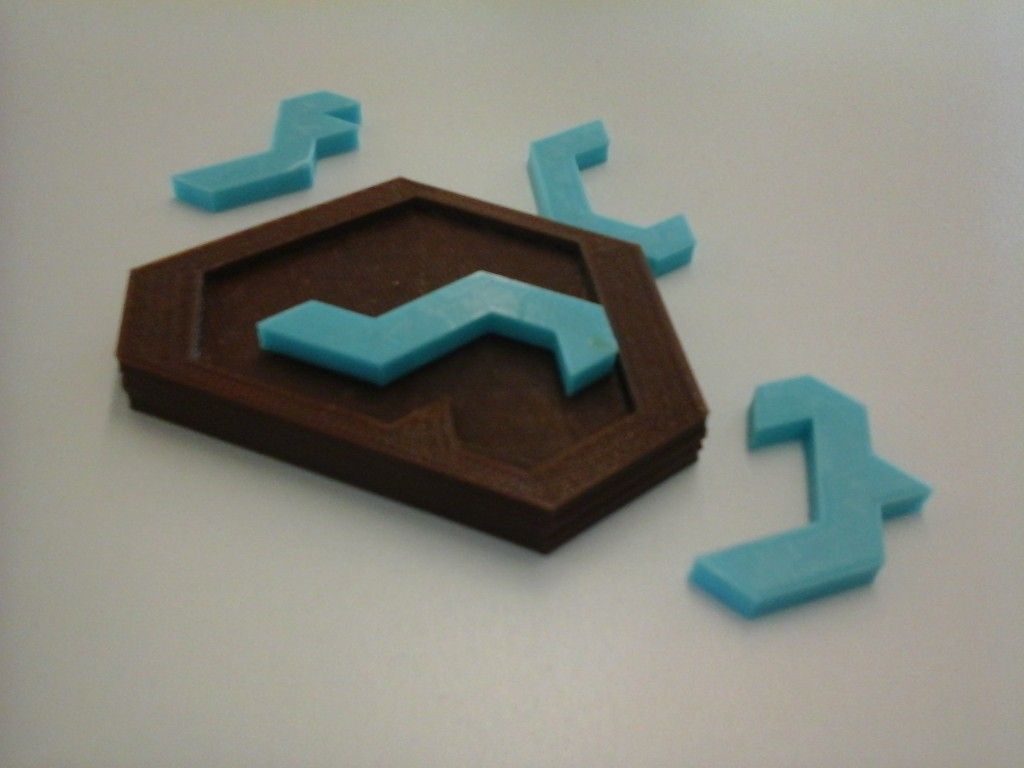 Allows you to keep packages closed and keep food fresh longer.
Allows you to keep packages closed and keep food fresh longer.
Author: Walter Hsiao
Download: Thingiverse
Plastic wrench
Handy wrench, but don't choose soft plastic to make it.
Author: Daniel Noree
Where to download: Cults
Sliding Decal
No more worrying about whether cups are clean or dirty right now in the dishwasher! With the help of a special mechanism, the slider easily changes the inscription on the plate.
Who made it: MiddleFingerBoss
Where to download: Thingiverse
Folding basket
Cool picnic item. A folding square basket with five sections is printed from several parts and then glued together. For product safety, it is recommended to use PETG plastic.
Author: PatternToPrint
Where to download: Cults
Self-watering plant pot
Houseplants are dying from your forgetfulness? This will not happen again! This pot will water them by itself, and your conscience will be clear.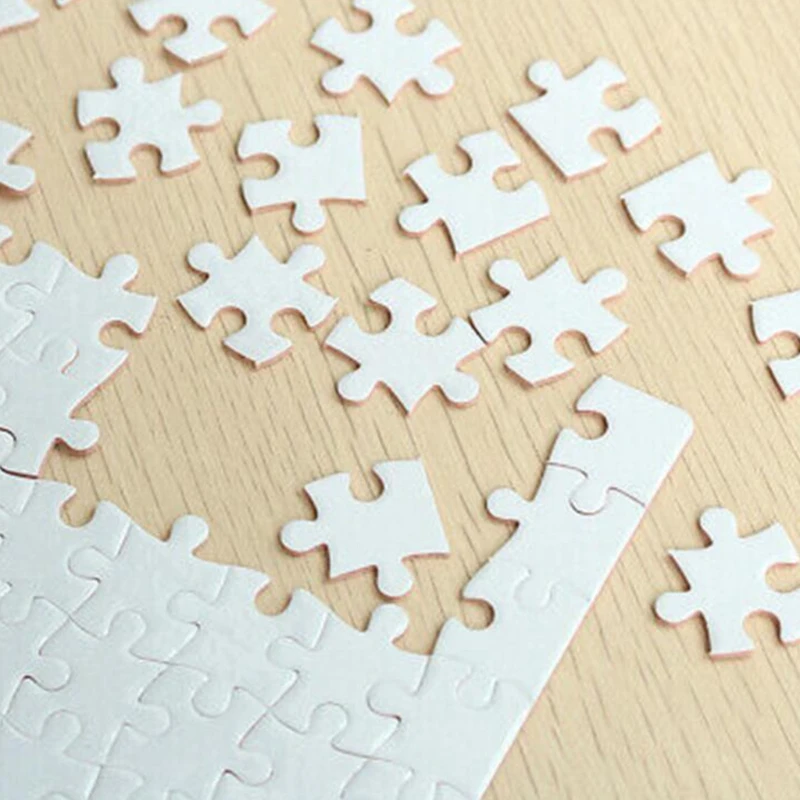 9Cults But if you present them in such a gift box, your friend will surely like it. The lucky recipient will have to work hard to get to the prize, because there is only one right way.
9Cults But if you present them in such a gift box, your friend will surely like it. The lucky recipient will have to work hard to get to the prize, because there is only one right way.
Author: Robert
Where to download: Thingiverse
Wired headphone holder
The headphones will now be protected from tangling and breakage.
Author: Robert
Where to download: Thingiverse
Tube Squeezer
Helps squeeze out the contents of the tube to the last drop. Wide enough to fit most tubes on the market. Printed in three separate parts.
Author: Justin Otten
Where to download: Thingiverse
Webcam Shutter
The best thing for the paranoid and just for those who are uncomfortable being under the gun of a webcam. Instead of sticking tape or sticky tape over the lens, attach a slider shutter to the body and open it when you need a video call.
Author: Horizon Lab
Where to download: Cults
Prefabricated Hexagonal Crates
Useful to free the table from the noodles of cables, wires and just every little thing.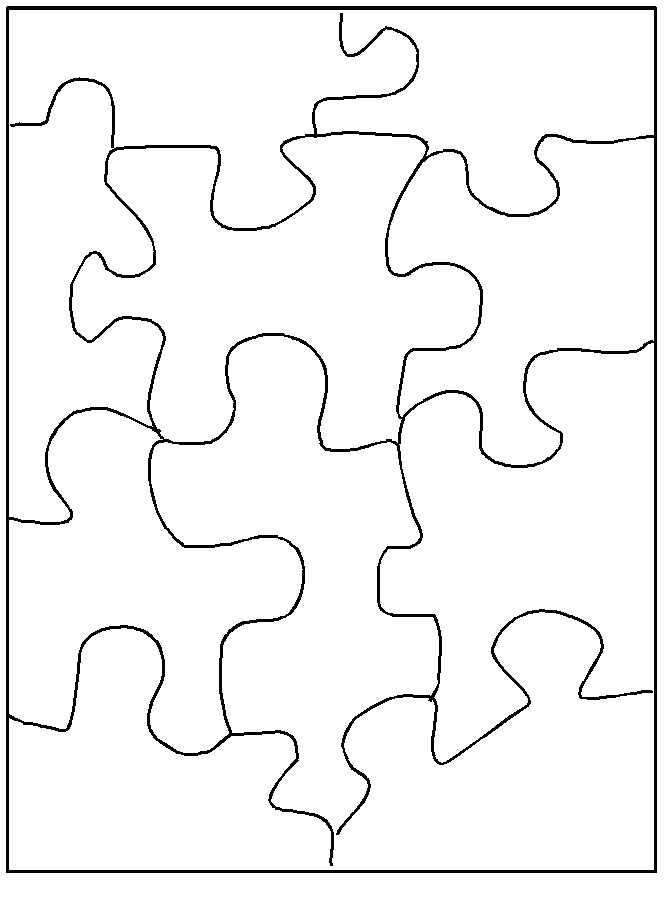 The design can be easily expanded if necessary.
The design can be easily expanded if necessary.
Author: Dan O'Connell
Where to download: Cults
Wall Mounted Phone Shelf
Attach the shelf to a power outlet and place your phone on it while charging. The model also has a corner slot that holds your smartphone or tablet upright for watching videos.
Author: Tosh Sayama
Where to download: Cults
Card Shuffle Machine
Awesome item for poker lovers. This device will help to shuffle the cards and deal them during the game.
Author: LarsRb
Where to download: MyMiniFactory
Box with a secret lock
Box for storing things in a place inaccessible to prying eyes with a secret multi-stage opening mechanism.
Author: 3DPrintingWorld
Where to download: Thingiverse
Digital Sundial
Yes, your eyes don't deceive you. This is a digital sundial and it really works. They are designed to pass only the right beams at the right time and at the right angle to display the actual time in 20-minute intervals.